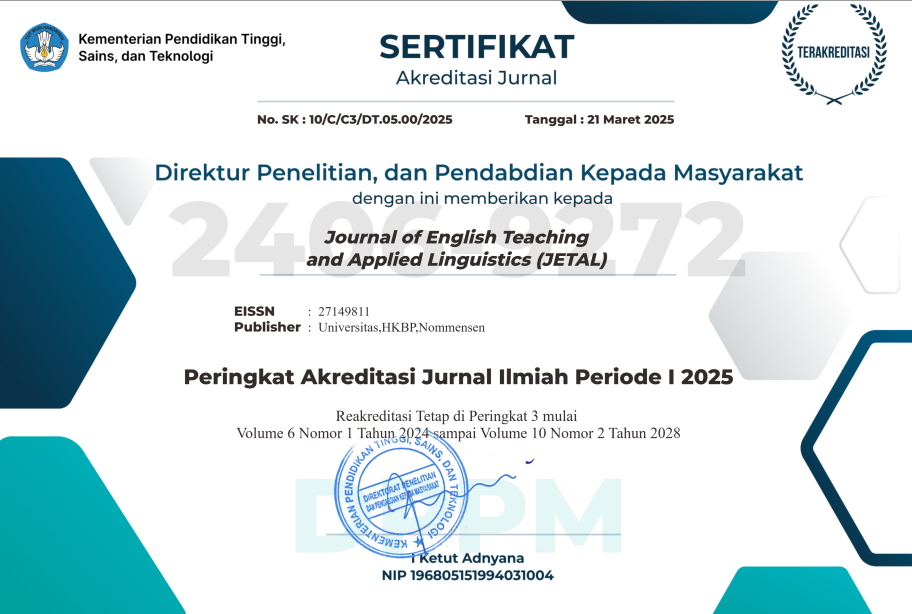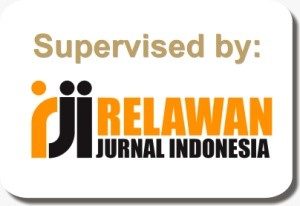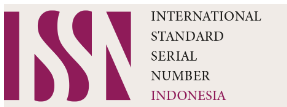THE EFFECT OF USING CONTEXTUAL REDEFINITION STRATEGY ON STUDENTS’ READING NARRATIVE TEXT OF ELEVENTH GRADE AT SMA N 8 MEDAN
Abstract
This study aimed to see the result of students’s achievement in reading narrative text with applyaing Contextual Redefinition Strategy. The population of the study was the elevent grade students of SMA N 8 Medan on 2019/2020 with the total number is 180 students. Two classes were taken as the sample they were IX IPA 4 and IX IPA 5. The experimental group was taught by using Contextual Redefinition while the control group (IX IPA 5) was taught by using conventional method. The instrument of collecting data was multiple choice test. The data were analyzed by using t-test. Based on the data, it was found that the students’ score improved from pre-test and post-test in experimental class. The result shoe that t-observed is higher that t-table value (2.9> 1.671) at the level significance 0,05 and the degree of freedom is 58. Therefore, it can be concluded that the null hypothesis (Ho) is rejected and alternative hypothesis (Ha) ia accepted. Based on the research result, there is a significant effect of using Contextual redefinition strategy in eading Narrative test of Eleventh Grade Students’ at SMA N 8 Medan.
References
Brennan, R. (2001). Generalizability Theory, New York, USA: Springer-Verlag.
Brown, H. Douglas. (2001). Teaching by Prnciple An Interacctive Technique to Language Pedagogy. San Fransisco: Longman.
Brown, H. Douglas. (2007). Principle of Language Learning and Teaching. U.S.A: Pearson Education, Inc.
Burns, et al (1984). Collaboration action research for reading Comprehension. Cambridge: Cambridge University Press.
Charles, J. Alderson. (1995). Multiple Choices Test Construction and Evaluation. Cambridge University Press.
Cunningham, J. W, P. M. Cunningham, and S. V. Arthur. (1981). Middle and Secondary School Reading. New York: Longman.
Derewinka, B. (1991). Exploring how text work. Sydney: Primary English Teaching Association (PETA).
Furchan. A. (2004). Pengantar Peneliti dalam Pendidikan. Yogyakarta: Pustaka Pelajar.
Gay, L. R. (2000). Educational Research: Competencies for Analysis and Application Sixth Edition, New Jersey: Prentice Hall Inc.
Gerot, Linda and Wignell, Peter. (1995). Making Sense of Functional Grammar, Sydney: Tanta Stabler.
Grabe, W and Frederica L. Stoller. (2002). Teaching and Researching Reading. England: Pearson Education Limited.
Guthrie. (2004). Comprehension that Works: Taking Students Beyond Ordinary Understanding to Deep Comprehension. Huntington Beach: shell Education.
Harmer, J. (2001). How to Teach English. New York: Longman Press.
Herber, H. (1992). Teaching Readng in Content Areas. 2nd ed. Englewood Cliffs, J: Prentice-Hall.
Johnson, K. (2008). Teaching Reading Vocabulary. New York: Pearson Limited.
Kane, Thomas. S. (2000).The oxford Essential Guide to Writting. New York: Barkley Books.
Klinger, et al, (2007). Teaching Reading Comprehension With Learning Difficulties, New York: The Guildford Press.
Kustaryo, S. (1998). Reading Technique for College Students. Jakarta: Departemen Pendidikan Kebudayaan.
Maya, R. (2001). Thesis: Improving Student Reading Comprehension through REAP strategy. Medan.
Moreilon, Judi. (2007). Collaborative strategies for teachin reading comprehension: Maximizing Your Impact. Chicago: American Library Association.
Pardiyono. (2005). Teaching Genre Based Writting. Yogyakarta: Penerbit Andi.
Patel, M.F. & Jain, Praveen M. (2008). English Language Teaching (method, tools & Techniques). Jaipur: Sunrice Publishers.
Popham, W. (1995). Classroom Assesment What Teacher Need to Know. Boston: Simon & Schuster Company.
Readence. J. E, Bean, T. W., & Baldwin, R. S. (1998). Content Area Reading: An Integrated Approach (6th ed). Dubuque, IA: Kendall/Hunt.
Richards, J. & Rodgers, T. (2001). The Nature and Methods in Language Teaching. Cambridge: CUP. Fifteenth Printing.
Rosyada D. (2008). Media Pembelajaran. Jakarta. Gaung Persada.
Sadoski, Mark, (2004). Conceptual Foundations of Teaching Reading, New York: The Guildford Press.
Siahaan, S. & Shinoda, K. (2008). Ggeneric Text Structure. Yogyakarta: Graha Ilmu.
Solon, C. (1980). Journal Reading “The Pyramid Diagram: A college Study Skills” Tool.
Sugiyono. (1997). Metodologi Penelitian Administrasi. Yogyakarta: CV Alfabeta.
Sugiyono. (2010). Reseach Method Quantitative. Bandung: Alfabeta.
Syafi’i, M. S, (2007). From Paragraph to a Research Report; A Writing of English for Academic Purpose, Pekanbaru: Lembaga Bimbingan Belajar Syaf Intensive/ LBSI.
Tierney, Robert J. at all. Reading Strategies and Practice. A Compendium. Third Edition. Allyn and Bacon USA. 2009. Print.
Tagor Pangaribuan, KT Sipayung. (2018). “Thomas Hardy: A Better Understanding of his Claimed Pessimism, its Causes and Influence". International Journal on Studies in English Language and Literature (IJSELL), vol 6, no. 7, 2018,pp.6-15.
Authors retain copyright and grant the journal right of first publication with the work simultaneously licensed under a Creative Commons Attribution-ShareAlike 4.0 International License (CC BY-SA 4.0) that allows others to share the work with an acknowledgment of the work's authorship and initial publication in this journal.
Authors are able to enter into separate, additional contractual arrangements for the non-exclusive distribution of the journal's published version of the work (e.g., post it to an institutional repository or publish it in a book), with an acknowledgment of its initial publication in this journal.
Authors are permitted and encouraged to post their work online (e.g., in institutional repositories or on their website) prior to and during the submission process, as it can lead to productive exchanges, as well as earlier and greater citation of published work (See The Effect of Open Access).






